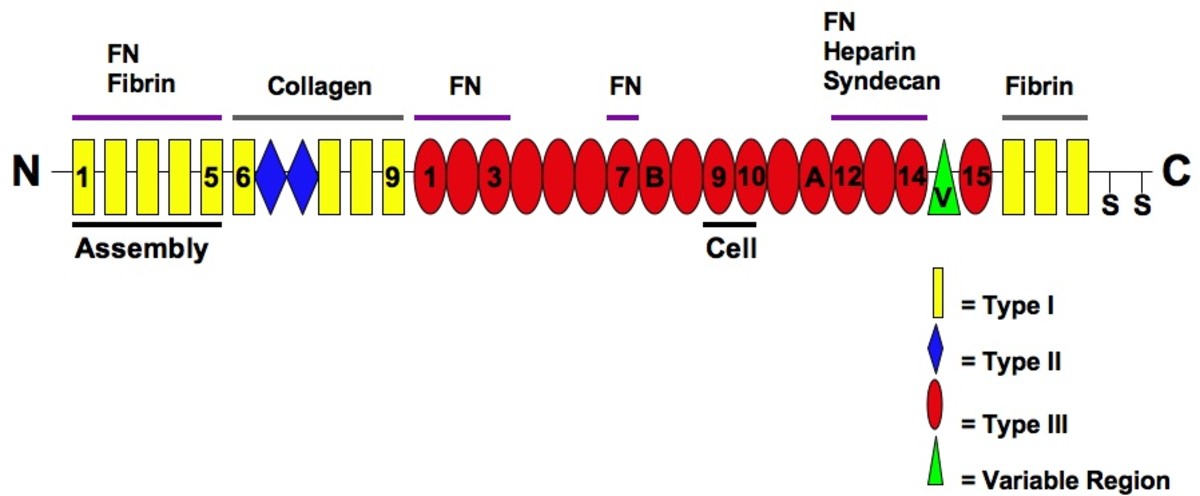

To write performant sites and apps you need to understand how HTML, JavaScript and CSS is handled by the browser, and ensure that the code you write (and the other 3rd party code you include) runs as efficiently as possible.
IONIC LIVERELOAD DOMAIN NAME HOW TO
The goal of this article is to expose how to improve the HTML, CSS and javascript performance for mobile hybrid applications, is in deed to show some of the techniques used by the hybrid frameworks to boost the performance on mobile applications Rendering Performance Basically, a hybrid app is a web app built using HTML5 and JavaScript, wrapped in a native container Improving for the web Hybrid applications are, websites packaged into a native wrapper (WebView). Every day the browsers evolves and improve at a very accelerated speed, so in my personal opinion we are going to get to a point were the performance of a web page running on a browser and the performance of a native applications is going to be seamless, if we are not there already. Note: Make sure you set Application ID to “ this post we are going to cover how to achieve almost native performance with APIs that the web provides, to make fast hybrid apps. Register our application with applicationID “” in MobileFirst Operations Console Now we can deploy java adapter from samples (or pre-build version from here) Open terminal and type the following command: Let’s start with creating a simple ionic 2 (TypeScript) based project. Note: In this blogpost we will be using Ionic 2 RC.4 We will need to handle redirect either manually with our live-reload server config or push ionic live-reload server to do it for us We will face “Access-Control-Allow-Origin” error, cause our dev server will be on Bluemix and we will make cross-domain requests. So we will need to use “ionic serve” or setup our own live-reload server

“mfpdev app preview” command won’t work due to a “no mobile platforms” related error. We will need either manually copy ibm-mfp-web-sdk folder from node_modules and loose “npm update” benefits or design a better option MobileFirst Foundation Web SDK installation will not lead to SDK appearance under www/build folder due to Ionic 2 build nature using npm scripts. Challenges:Īfter reading general setup guides for web development with IBM MobileFirst Foundation we can highlight several challenges that needs to be resolved in order to setup web development environment with Ionic 2 You also need to setup Mobile Foundation Bluemix service and mfpdev-cli before continue.

Integrating MobileFirst Foundation 8.0 in Ionic 2 based appsĪdditionally to follow our quick start sample you will need to have following packages installed: node, npm, maven, python, cordova, ionic. Setting up the Web development environmentĪdding the MobileFirst Foundation SDK to Web Applications Using Mobile Foundation on Bluemix Service While in general it is well known how to setup all of required components separately, i would highly recommend to read following materials: This blog post is targeted to show up how to setup web development environment combining Ionic 2 Framework with CLI and Mobile Foundation Bluemix service with Web SDK Prerequisites: Ionic, which is one of most popular hybrid development frameworks, since version 2 also fully support web development. We all know that IBM MobileFirst Foundation can be used to develop pure web applications.


 0 kommentar(er)
0 kommentar(er)
